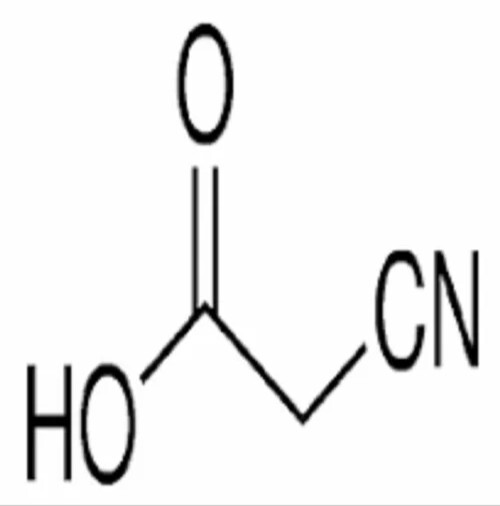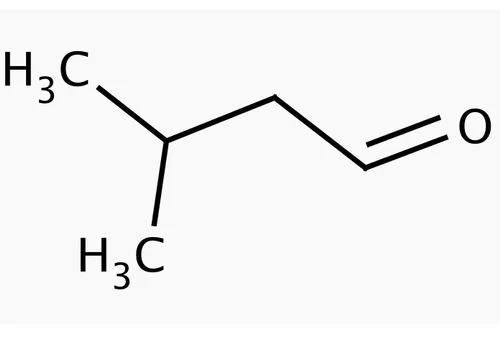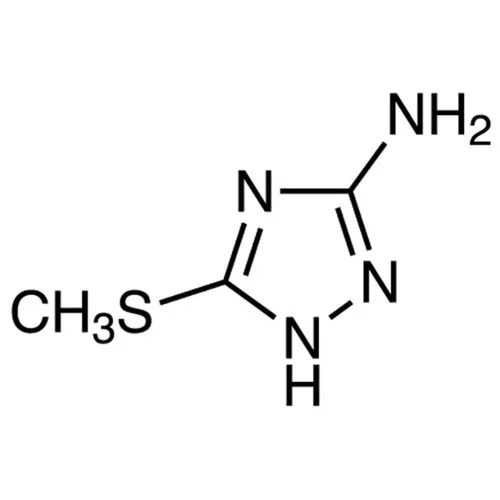
Cynoacetic acid
Product Details:
Cynoacetic acid Price And Quantity
- 110 INR/Kilograms
- 1000 Kilograms
Cynoacetic acid Trade Information
- Others
- 1000 Kilograms Per Week
- 1 Week
- Yes
- Contact us for information regarding our sample policy
Product Description
It seems you are referring to cyanoacetic acid a compound used extensively in organic synthesis Heres an overview
Chemical Details
IUPAC Name Cyanoacetic acid
Molecular Formula C3H3NO2
Molecular Weight 8506 gmol
Structure
Contains a carboxylic acid group COOH and a nitrile group CN attached to the same carbon atom
Physical Properties
Appearance White crystalline solid
Melting Point 7580C
Boiling Point Decomposes before boiling
Solubility Soluble in water alcohol and other polar organic solvents
Chemical Characteristics
1 Acidity
Cyanoacetic acid is a stronger acid compared to simple carboxylic acids due to the electronwithdrawing effect of the nitrile group
pKa 23
2 Reactivity
Both functional groups carboxylic acid and nitrile make it a versatile reagent in organic chemistry
The methylene group CH2 adjacent to these electronwithdrawing groups is highly reactive and acidic enabling enolate formation
Applications
1 Organic Synthesis
Malonic Acid Derivative Serves as a precursor in the synthesis of malonic acid derivatives
Intermediate for Pharmaceuticals Used in synthesizing barbiturates nonsteroidal antiinflammatory drugs NSAIDs and other active pharmaceutical ingredients APIs
Heterocyclic Compounds Key starting material for pyrimidines indoles and other heterocycles
2 Industrial Use
In the production of dyes agricultural chemicals like herbicides and insecticides and adhesives
3 Michael Donor
Due to its activated methylene group cyanoacetic acid participates in Michael addition reactions forming carboncarbon bonds
Synthesis of Cyanoacetic Acid
Typically produced by the reaction of chloroacetic acid with sodium cyanide
textClCH_2textCOOH textNaCN rightarrow textNCCH_2textCOOH textNaCl
Safety and Handling
Toxicity
Harmful if ingested or inhaled Irritates skin eyes and respiratory tract
Handle with care in a fume hood with appropriate protective gear
Storage
Store in a cool dry place away from strong oxidizing or reducing agents
Would you like to explore specific reaction pathways industrial processes or applications of cyanoacetic acid in greater depth

Price:
- 50
- 100
- 200
- 250
- 500
- 1000+




![Dibenzo-[B,F][1,4]-Thiazepin-11(10H)- one](https://cpimg.tistatic.com/10259416/b/4/Dibenzo-B-F-1-4-Thiazepin-11-10H-one.jpg?tr=w300)




